My Journey
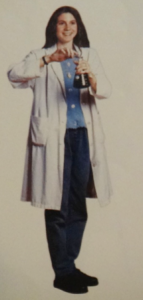
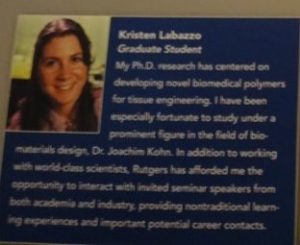
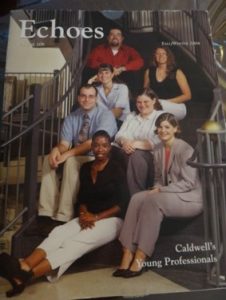
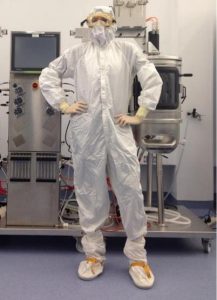
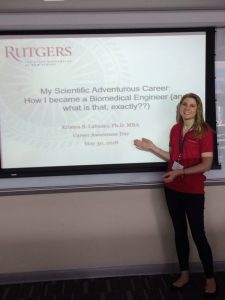
My journey to where I am today has been an interesting one, with several unexpected turns along the way. However, as I often tell my students; if you follow your heart and passion, you will not be led astray, and this personal advice is what has gotten me to where I am. My journey started off as a child interested in chemistry or veterinary medicine. I pursed the chemistry degree, but when I decided to take my love of science to the next level, a doctorate, I felt unfulfilled. I was seeking chemistry labs with biological elements and medical applications, and was not finding that. As I dealt with feeling lost for the first time since discovering science, I stumbled upon a flyer for a seminar on tissue engineering, hosted by the biomedical engineering department. Coming from a small college, I had never heard of biomedical engineering, and the topic intrigued me. I had found the intersection of chemistry, biology and medicine I was looking for, and switched into the BME program where I pursued a doctorate focused in biomaterials. This allowed me to apply my chemistry skills to materials that would undergo extensive characterization (including several biological assays) and had medical applications.
After graduation, I took a job in industry developing biomaterials from human placenta. A few years in, the company decided to focus on placental stem cells, so overnight I became a stem cell biologist. In this role, I learned numerous in vitro and in vivo assays for multiple indications including bone, cartilage, angiogenesis and immunological disorders. I earned 3 promotions during this time.
While my technical skills were well-honed, my interpersonal skills did not go unnoticed, and I was requested by the Medical Affairs (MA) department to join their team part-time. MA was responsible for all of the in vivo studies which involved me having to travel to several test sites (including overseas) and being knowledgeable about our product, ensuring the cells were being handled appropriately. I also had to maintain good relationships, network, and foster new ones. This experience is what took me to my next unexpected path, pursing an executive MBA, so that I could learn more about the “other side” of industry and develop new skills.
After receiving the MBA, I hit my next fork in the road; what to do now with a scientific and business background? Having been in my company for 10 years, I was starting to feel restless again. Enter an interesting job offer; come back to Rutgers and run a newly formed medical device center. I was seen as an ideal candidate given my strong science background and business credentials. It was a unique chance to work in academia, wearing an industry hat, and I rose to the challenge. I had always wondered about a career in academia, but could not picture myself as a traditional professor. This opportunity checked many boxes of things that I was passionate about, and once again my path took an unexpected yet pleasant turn.
Since being at Rutgers, I have continued to learn, grow and discover new passions. I have held multiple roles and spearheaded several initiatives which have become new programs in the BME department. My job description is not boxed in and I am encouraged to make suggestions and explore my ideas. This flexibility has led to new programs such as the Patient-Centric Research Program, and my research focused on exploring tissue engineering for Heterotopic Ossification. Following the pandemic, I was inspired by the mental health crisis our students were experiencing to once again return to school, this time for a masters degree in Rehabilitation Counseling-Clinical Mental Health. I am now on my way to becoming a licensed therapist which will provide me with more skills and expertise to best help my students!